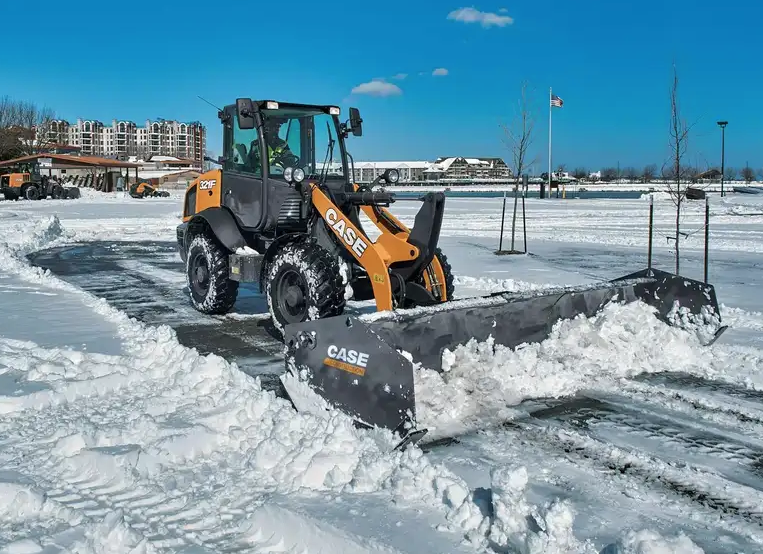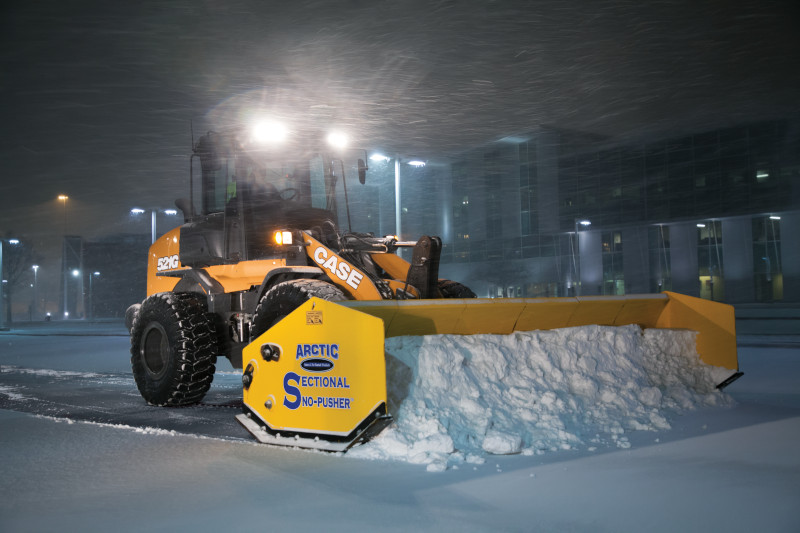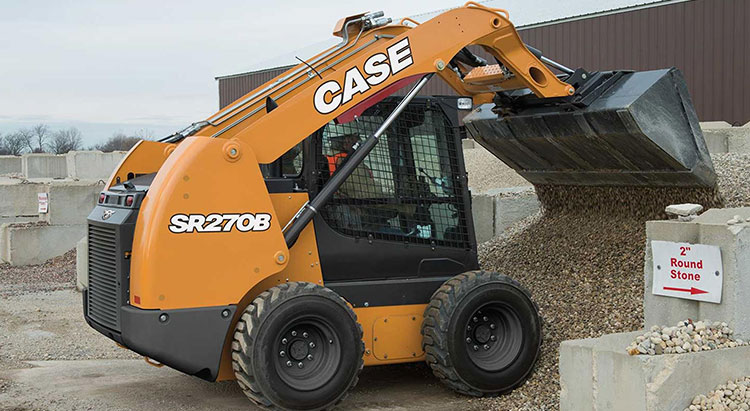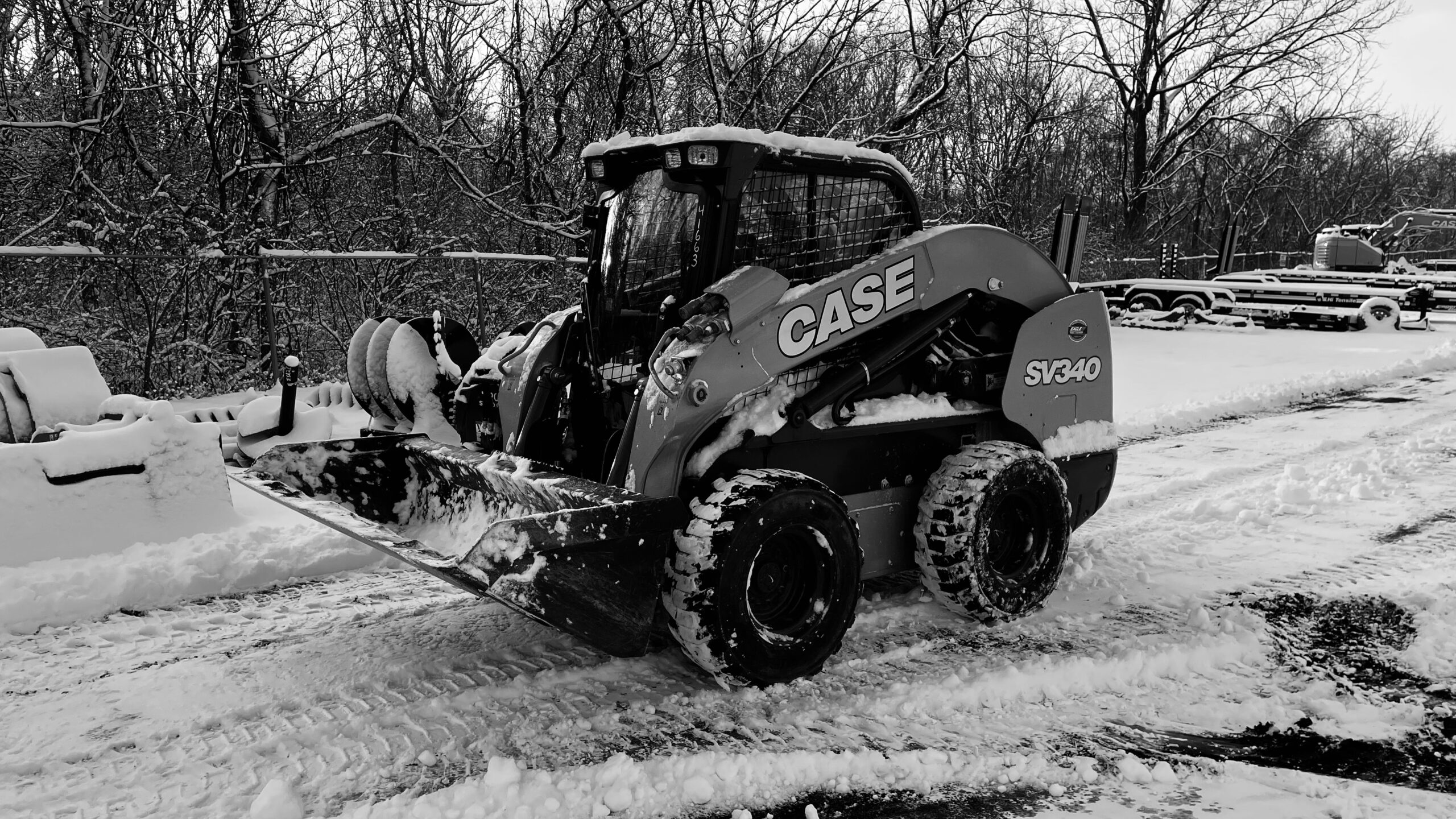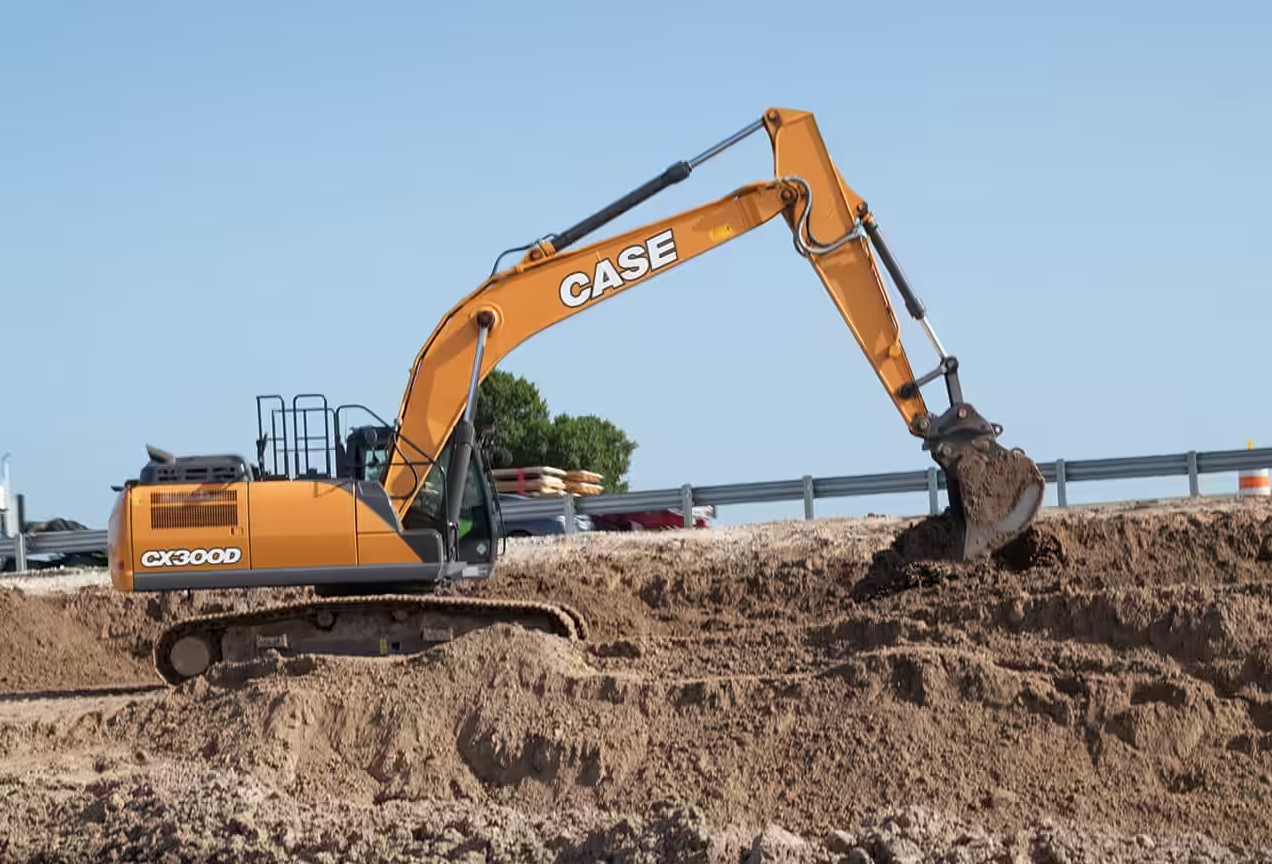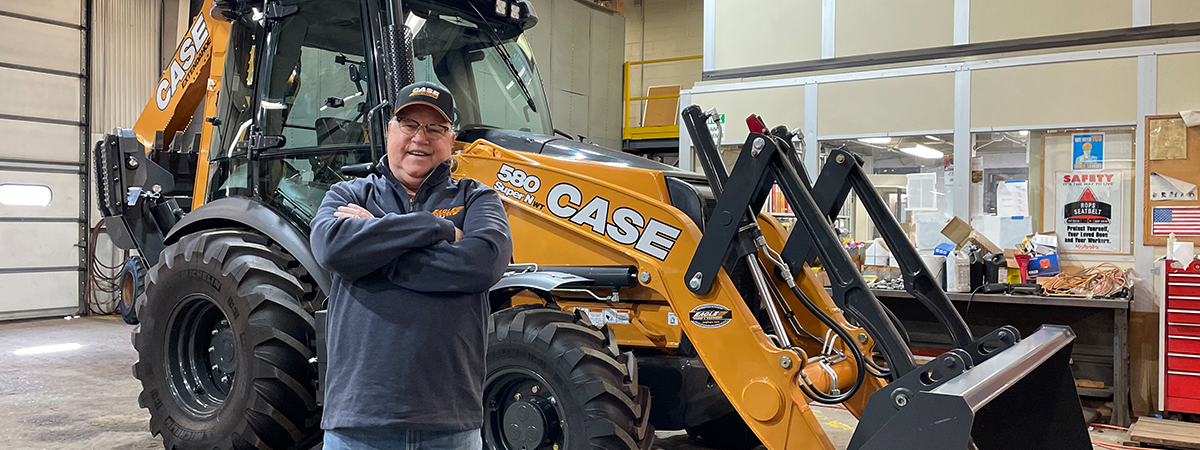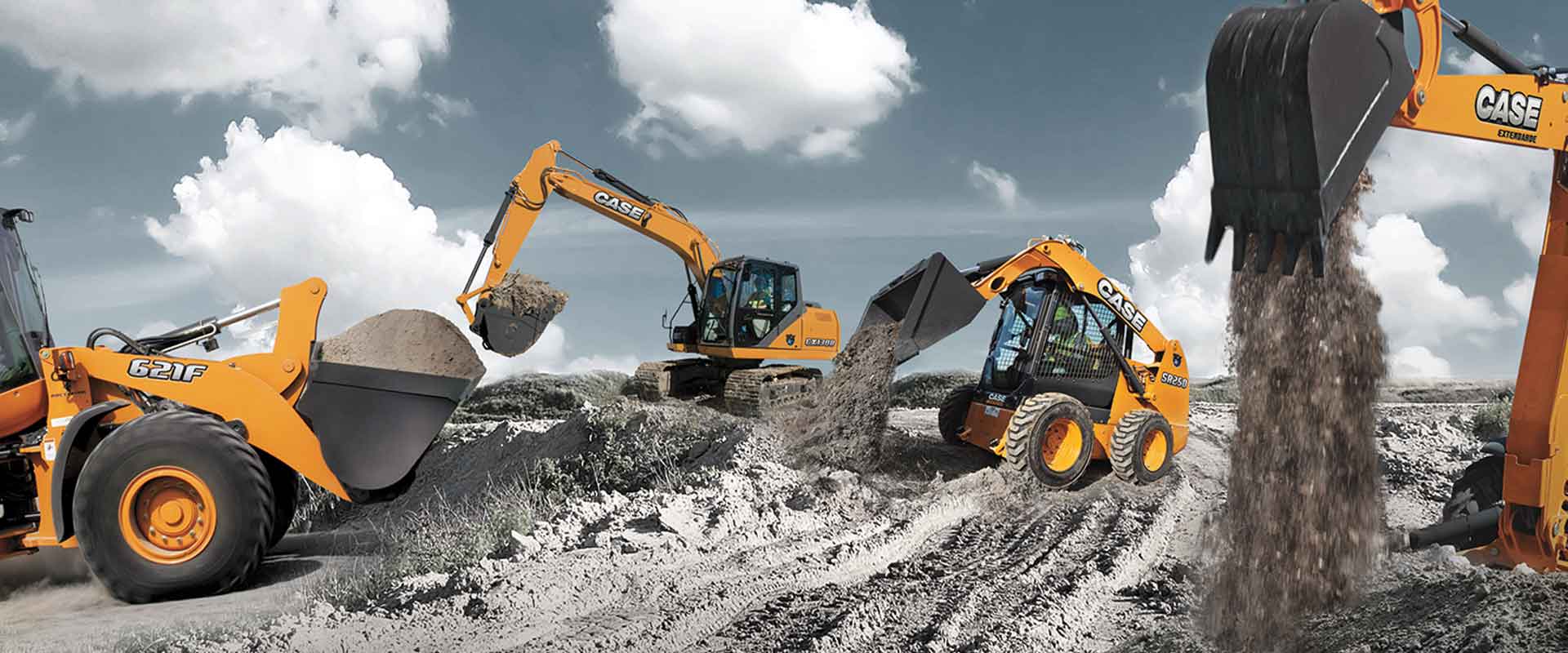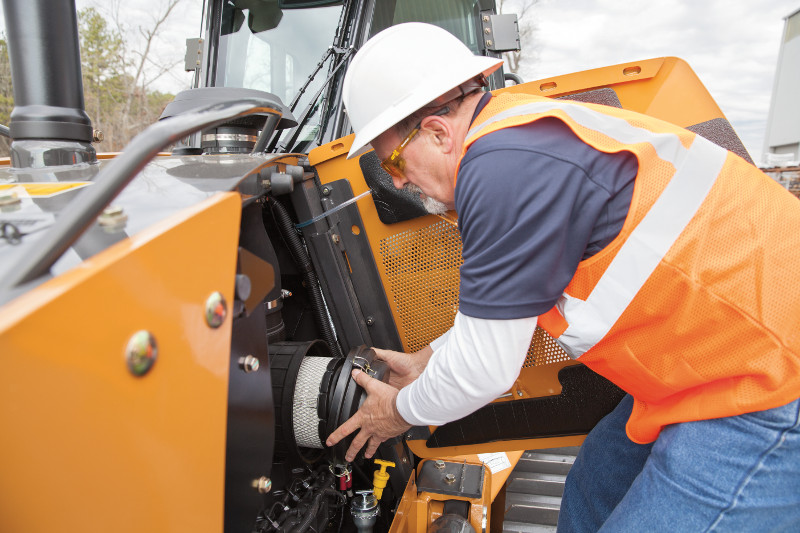Blog

Prevent Carbon Monoxide Exposure on the Construction Site
August 27, 2021Carbon monoxide is a constant threat on construction sites and hundreds of workers across the nation are unintentionally exposed to dangerous CO levels annually. In colder months, the threat of CO exposure increases.
How can you prevent carbon monoxide exposure on your construction site? Awareness, proper gear, ventilation, ongoing safety inspections, and routine equipment maintenance are the best arsenal to mitigate CO exposure at construction sites.
At Eagle Power & Equipment, we come to work every day with the mission to serve every customer with care. We’re a full-service dealership of heavy machinery for excavating contractors, pipeline contractors, homebuilders, highway contractors, general contractors, landscapers, governmental, industrial, quarrying, and many other industries. Carbon monoxide is a silent killer and awareness is the first step toward safety. Read on to learn the most common sources of carbon monoxide and the symptoms you need to watch for to keep your crew safe.
Specific Ways to Prevent CO Poisoning on the Site?
Install an effective ventilation system in your building and have it routinely inspected to ensure its safe operation. Carbon monoxide detectors should be located throughout the building and especially in areas more likely exposed to CO.
At an outdoor worksite, consider using equipment powered by propane versus gasoline. (Propane emits less CO.)
Personal CO monitors should be distributed in areas with insufficient ventilation. If CO levels are especially high, respirators and personal CO-monitoring equipment should be provided to crew members. Make sure your entire crew is educated on the dangers of CO and knows how to recognize the signs of carbon monoxide poisoning.
Read the OSHA CO Fact Sheet for more detail.
What Are the Most Common Causes of Carbon Monoxide Poisoning?
Any equipment that uses combustion to keep it running, including power tools, pumps, compressors, and space heaters.
Portable generators also are a source of CO and should only be used outdoors. Even if you have warehouse or garage doors open, air circulation may not be sufficient to prevent dangerous CO levels. Even when using a generator outdoors, don’t place it near doors or windows. Generators should be placed no less than 20 feet away from windows, doors, or exhaust vents.
Anyone who works around equipment powered by an internal combustion engine is at higher risk for being exposed to harmful CO levels, including welders, diesel engine operators, forklift operators, etc.
What Are the Symptoms of Carbon Monoxide Exposure?
Because CO is odorless, tasteless, and invisible, overexposure will only be “seen” when symptoms occur. The most common symptoms of dangerous CO exposure include dizziness, headaches, nausea, and tiredness.
Victims might report having flu-like symptoms and chest pains. Loss of consciousness is an overt sign that a crew member may be suffering from CO poisoning.
What to do If You Suspect a Crew Member is Exposed?
Get the person to fresh air immediately and seek medical attention. Call 911 right away.
Clear the entire site if you suspect you do not know the source. Do not re-enter the area until it’s been inspected by trained and properly equipped personnel.
Visit the Centers for Disease Control and Prevention for more tips on how to prevent carbon monoxide exposure, and visit any of our three store locations for your construction equipment needs.

